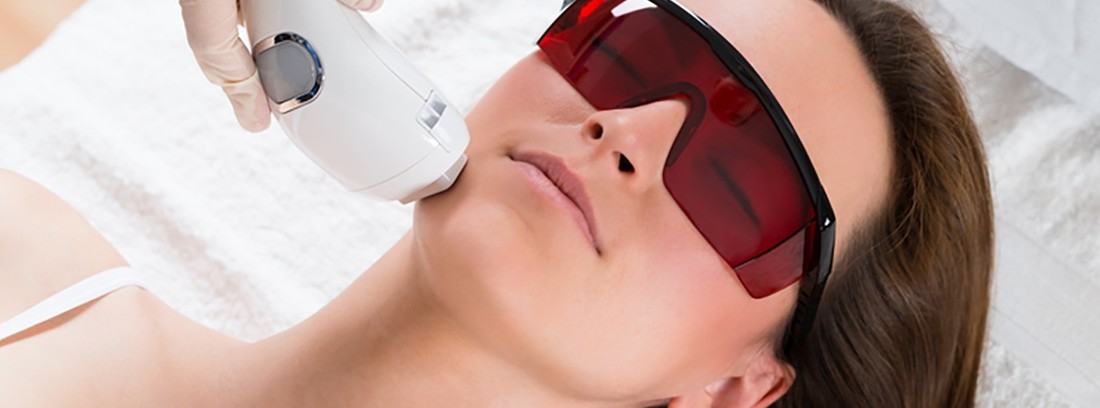Hirsutism

Hirsutism is the presence of excess hair in women in areas associated with male sexual maturity, that is, in which there is usually no hair such as sideburns, chin, chest, back, etc. It must be distinguished from hypertrichosis, which is an increase in hair in non-androgenic areas (arms, legs).
Hirsutism is caused by an increase in androgens, which are male sex hormones and are produced by the ovary and adrenal glands. Thus androgens (such as testosterone) act on the hair follicles and stimulate the conversion of the hair in these areas into terminal hair. It is a thick black hair similar to that of the male.
The presence of hirsutism is often associated with acne, oily skin, hair loss and alterations in menstruation.
The most common causes of increased androgens and hirsutism include:
- Polycystic ovary syndrome. It is the most frequent cause. It can be associated with obesity and infertility.
- Adrenal gland diseases.
- Drugs.
- Idiopathic: of unknown cause.
- Obesity.
- Hereditary or constitutional: associated with race.
This disorder is often valued by dermatologists, endocrinologists, and gynecologists.
Diagnosis
Diagnosis is straightforward. It is based on the physical examination, a medical history with an interrogation on hormonal aspects of the woman and a hormonal analysis aimed at determining the levels of androgens in the blood. Imaging tests may also be needed to find out the cause, such as a gynecological ultrasound.
Treatment
Treatment will depend on the specific cause that is causing it. Some of them are aimed on the one hand to stop the action and production of androgens and there are other treatments for aesthetic purposes aimed at removing hair from these areas.
- Treatment of the cause: for example, if it is secondary to drugs.
- Lifestyle changes: losing weight in case of obesity.
- Pharmacological treatment: the most used are oral contraceptives that decrease the production of androgens by the ovary. Other drugs used are antiandrogens such as cyproterone acetate.
- Cosmetic treatments such as all those that eliminate or hide hair: discoloration, electric hair removal or laser hair removal, among others.
Laser depilation
Special mention deserves the laser hair removal so fashionable in recent years. It is an effective method to remove hair, although several aspects must be taken into account:
- It is not a permanent hair removal, that is, the hair reappears after a few months but less abundant and finer
- Depending on the area treated, they respond differently and may require a greater number of sessions.
- Several sessions are required to see the effect, the number of which will vary depending on the area to be treated.
- Not all types of hair can be successfully removed with.
(Updated at Apr 14 / 2024)